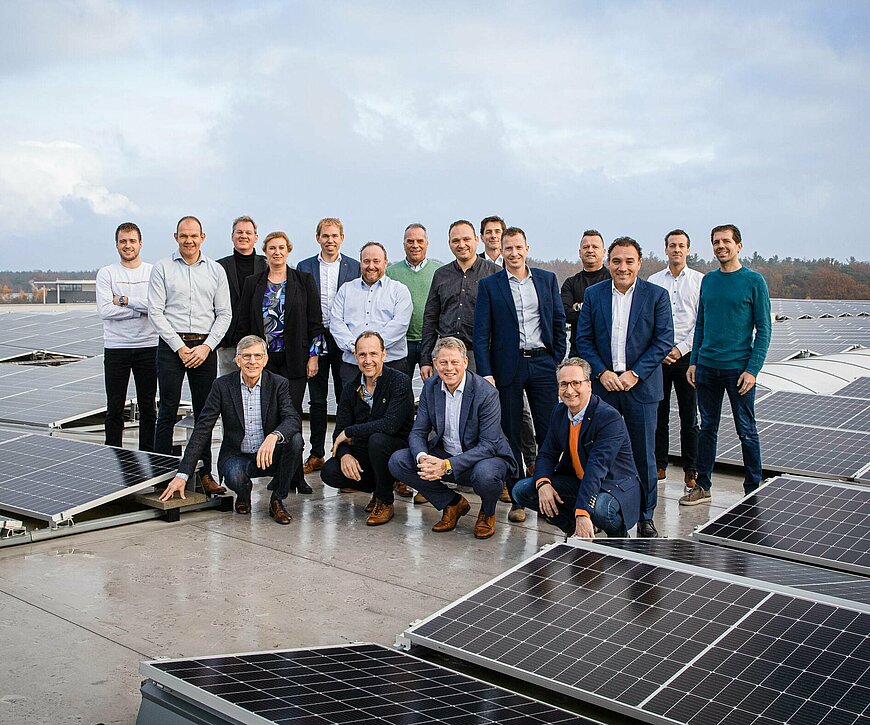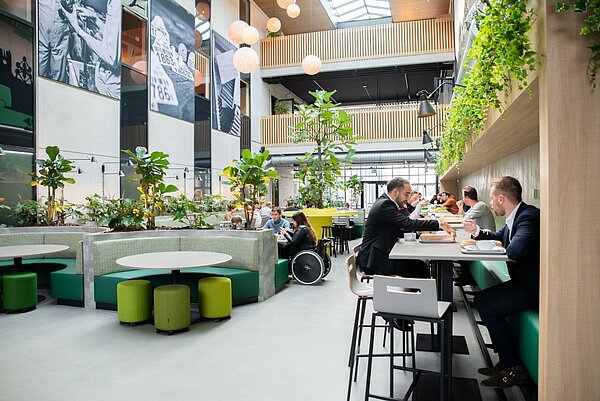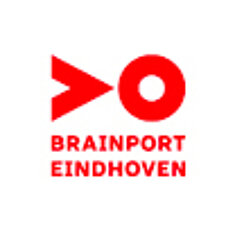Next step in Local Energy Hub trajectory Kempisch Bedrijvenpark in Hapert

In December, the feasibility study for a Local Energy Hub started at the Kempisch Bedrijvenpark. With a local energy network, the companies are working on a solution to be less affected by the current scarcity on the electricity network. On Thursday, March 30, the first results were presented.
Expected scarcity in the coming years
In recent months Firan has examined and compiled the energy profiles of a large number of companies at the Kempisch Bedrijvenpark (KBP). This creates a total energy overview, mapping the sustainable energy generation and energy consumption of 15 companies located at KBP. Among the participating companies are VDL, MS Schippers, VGI Willems and others. Not only was the current situation looked at, but also the expected situation of 2024 and 2025.
The analysis made it clear that from 2024 the electricity consumption of the companies together will be higher than what they are currently allowed to collectively consume according to their contracts. Also new companies cannot get a connection to the business park. It has thus become clear where the challenges for the coming years lie and in which areas more space can be created through cooperation.

Local energy hub as a solution
The next step is to see what knobs can be turned so that the companies can still use the power they need. Energy savings also play a role in this. The energy that can be saved does not need to be taken from the electricity grid. By generating more power yourself, more space can also be created. Adding more sustainable energy sources, besides the well-known solar panels, is therefore one of the possibilities. Next, agreements can be made to share contract values between the companies. One company that has too little space may use another company's space.
Agreements can also be made to coordinate power demand by, for example, coordinating production processes so that the grid is not overloaded, but power demand is distributed evenly throughout the day. With the use of batteries, sustainably generated power can be stored and flexibly responded to power demand.
Setting up the model
The entrepreneurs present indicated which solutions they thought were promising and where they would like to cooperate. With this input, Firan is moving forward to deliver an Energy Hub Model by the end of May. The model will outline the solutions, measure the effects and provide insight into what investments are needed and what agreements must be made. In July, the actual business cases will be presented to the companies.
Some of the solutions also require adaptation of laws and regulations. Because the process at KBP has been designated as one of three national pilots for Enexis, experiments can be conducted in this area and lessons learned can subsequently be applied to other business parks.

Podcast Local Energy Hubs
There is less and less space available on the power grid to place and connect large-scale renewable energy installations. The solution? A system for industrial parks consisting of decentralized energy infrastructure. Local Energy Hubs. From industrial park to energy park. Tom Jessen talks about that with Sander Drissen of business energy specialist Scholt Energy and Alexander Savelkoul of grid operator Enexis.
* Be aware that this is a Dutch podcast!
Listen to the podcast